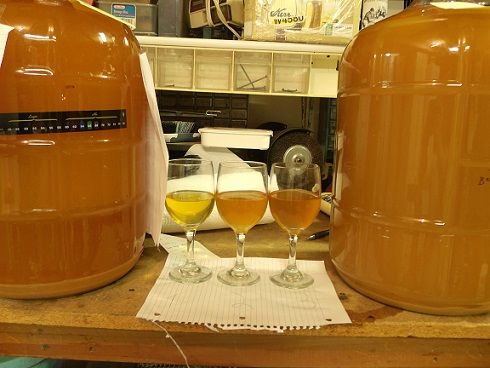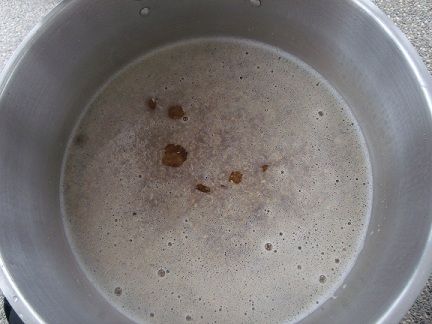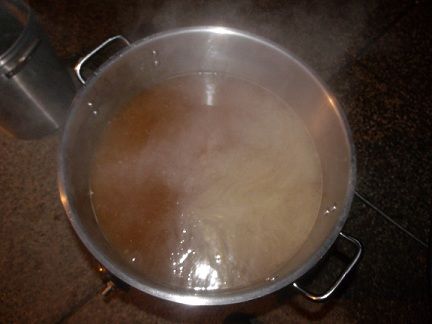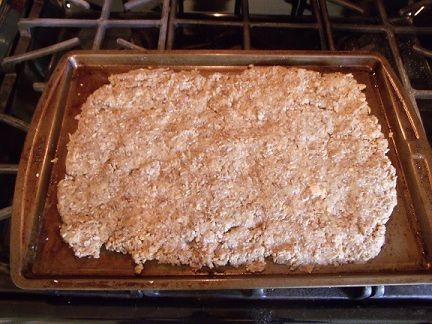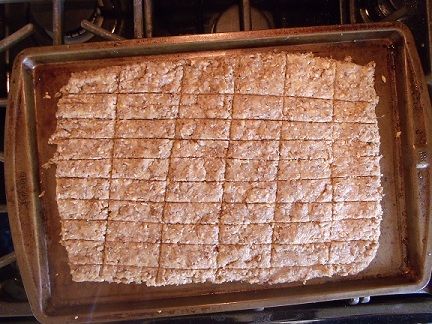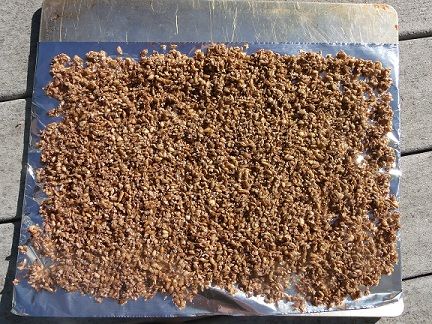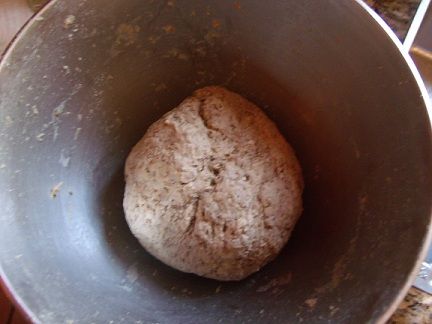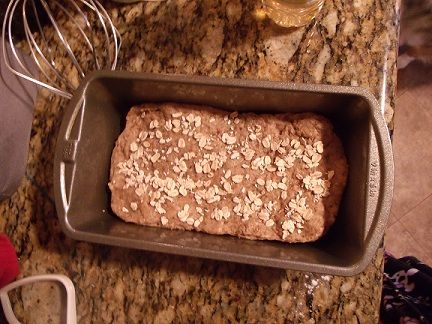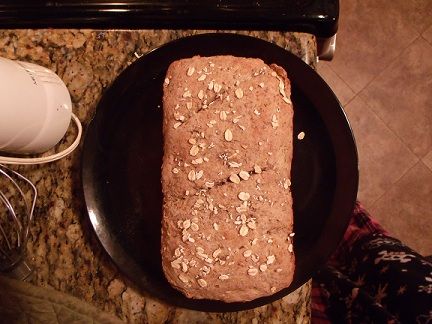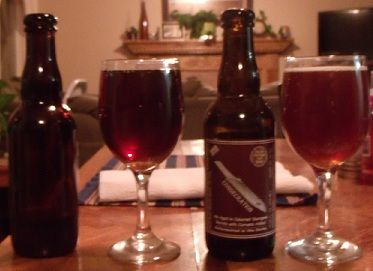After doing A LOT of reading about Brettanomyces and wild ales in general, I came across an article explaining that it is best to ferment/age your sour beers in Glass. I always thought this was just because of the risk of infecting plastic equiptment, and maybe a bit of a risk of oxidation but I wasn't really too concerned about that.
The information I found explained how plastic is much more porous then glass, and therefore lets in alot more oxygen which leads to stale/cardboardy flavors, or even infections. I was aware of this as well, but was not too worried because of the protective pellicle that usually forms from Brettanomyces. However I also read that oxygen is able to slowly enter through the pores of the plastic directly into the beer underneath the pellicle.
When exposed to oxygen, Lactobacillus and Pediococcus both produce alot of lactic acid which can lead to a potentially un-drinkable beer. But an even bigger problem to avoid is Acetobacter. Acetobacter is a bacteria that has the ability to convert Ethanol into Acetic Acid, or Vinegar. Acetobacter is a big enough issue for me to want to avoid it at all costs. I normally ferment my Lambics/Infected Ales in a plastic bucket and then transfer to a Glass Carboy along with all the yeast/bugs for secondary. For whatever reason, I ended up putting a batch of Lambic in a plastic carboy for Secondary just a month or two ago, So I Figured I should attack the problem before it happens.
Thursday I had 3 batches of Lambic, Today I have 2, 5 gallon carboys topped up all the way.
Batch 1: OG 1.032, Outlined the process in past blog post. Lambic Brewday
Batch 2: OG 1.058
Batch 3: OG 1.043
After taking samples and setting them aside I went ahead with transferring. Batch 1 was in glass, but needed topped up. I blended 3.5gal of Batch 1, and 1.5gal of Batch 2 for an effective OG of 1.040.
I then Blended 2.4gal of Batch 2 and 2.6gal of Batch 3 for an effective OG of 1.050. Now my lambics are all nice and topped up and im done messing with them for 3 years, and done brewing more until next Winter. Tasting notes of the 3 samples below.
One thing I think I should note about transferring lambics, is that when your siphoning you should gently rouse up the yeast cake so that alot of it gets transferred with the beer. All these yeasts and bugs still have a lot of work to do before all is said and done.
Batch 1
Appearence: Very clear, some small particles floating around. Bright Golden Yellow Color, Very Pale
Aroma: Funk, Acid, Tangy Orange juice/Fruit, Has alot in common with commercial examples.
Taste: Cheesy aged hops, some bitterness, No Sourness or Acidity at all, a bit surprising considering the aroma.
Mouthfeel: Sticky and Dry
Batch 2
Appearence: Murky Orange/Yellow color, Darkens to sort of a Brown/Golden color at the edges
Aroma: Pretty similar to Batch 1, but has alot more Citrus/Spice character
Taste: Watered down Orange Juice, Very bland flavor profile but has a bit of Acid
Mouthfeel: Sticky and Dry like the First
Batch 3
This batch is the only one I cooled naturally. After brewing I ran off the wort into a sanitized kettle, and left it outside, uncovered for about 7 hours to cool. It was in the High 30Fs - Low 40Fs in my area.
Appearence: Looks a lot like Batch 2, but it is a bit darker for now. I think once it ferments out more it will lighten up.
Aroma: Orange Fruit, Strong Herbal/Mint Aroma. Strikes me as odd, and the only answer I can come up with is there is something Local that got in there while cooling. I honestly am not sure. Guess I'll just have to wait and see what happens.
Taste: Much more acid, strong lemon juice flavor and some aged hops. The higher level of acid I think has to do with the fact that I used yeast and a small amount of fermenting wort from Batch 2. Either that or the fact I used Barrel Chunks from Russian River for the oak Portion, Which has some strong strains of Lacto and Pedio, but still it developed acid quite quickly so Im not sure.
Mouthfeel: Same as the others, maybe a bit creamier
After tasting these batches I am highly encouraged to continue the experiment. The flavor profiles are just what im looking for so far, and I am very impressed with the Consistency. I always use the same %s of Grain for the recipe, but have scaled up and down for efficiency reasons and still they are very consistent. Now to let them do their thing for a while.
Until Next Time. Cheers!
